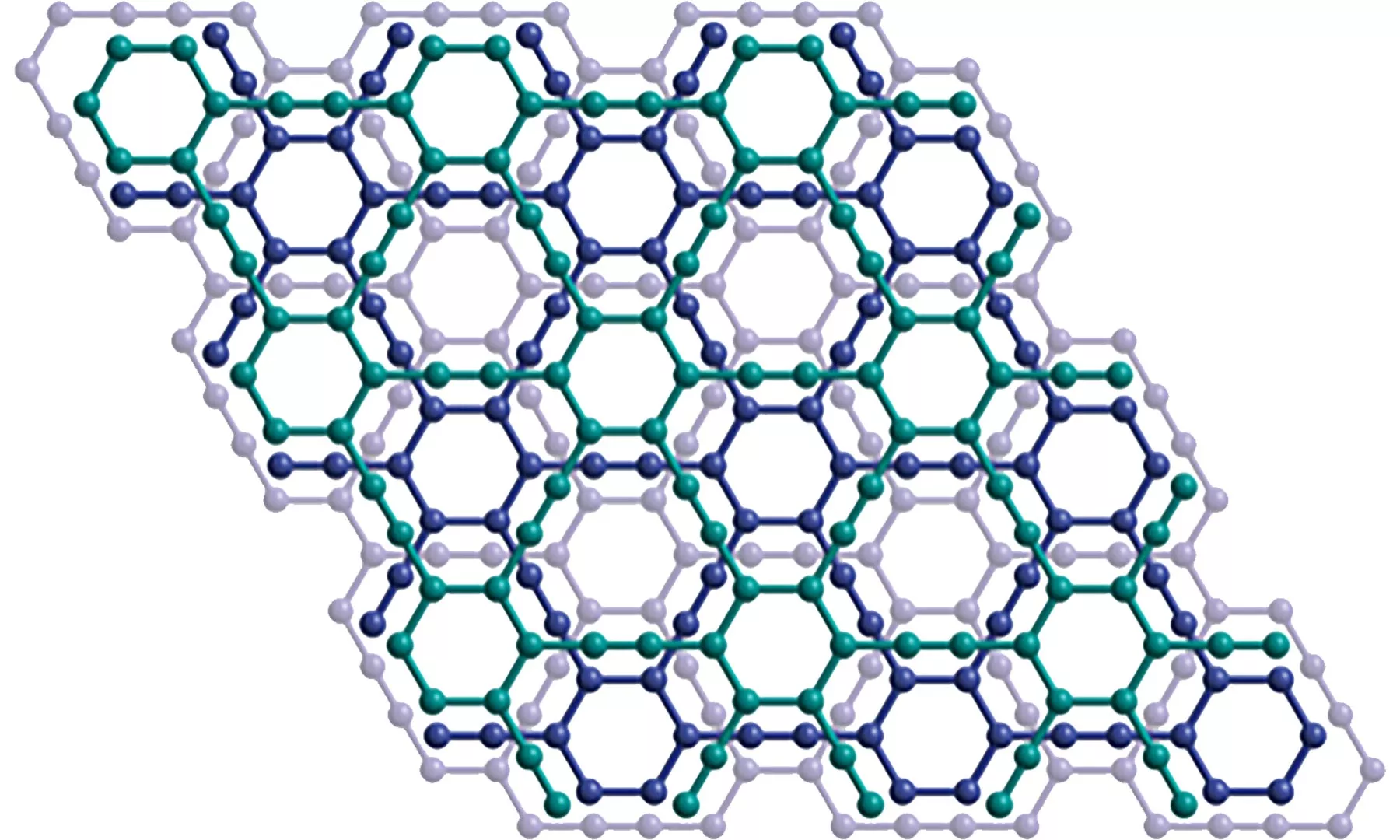For more than a decade, scientists have been trying to synthesize a new form of carbon called "graphene", but with limited results. But thanks to new research at the University of Colorado at Boulder, the situation is now over For a long time, graphene has attracted the attention of scientists because it is similar to the "magic material" graphene, which is another form of carbon and has been highly valued by the industry. Its research even won the Nobel Prize in physics in 2010. However, despite decades of work and theoretical research, only a few fragments have been created before.

The research paper published in nature synthesis on May 9 fills a long-term gap in carbon material science and may bring new possibilities to the research of electronics, optics and semiconductor materials.

Yiming Hu, the first author of the paper, said: "the whole audience and the whole field are very excited. This long-standing problem or this imaginary material has finally been realized."
Scientists have long been interested in building new or novel carbon isotopes or forms of carbon, because carbon is very useful and versatile in industry.
Carbon isotopes can be constructed in different ways according to how to use the mixture of carbon (expressed as SP2, SP3 and SP hybrid carbon (or different ways in which carbon atoms combine with other elements) and its corresponding bonds. The best-known carbon isomers are graphite (used in tools such as pencils and batteries) and diamond, which are created from SP2 carbon and SP3 carbon, respectively.
By using traditional chemical methods, scientists have successfully created various isotopes, including fullerene and graphene.
However, these methods do not allow the mass synthesis of different types of carbon together in any form, just as graphene needs, which makes this theoretical material - presumed to have unique electronic, mechanical and optical properties - still only a theory.
But it is this demand for non-traditional materials that leads people in this field to lend a helping hand to Zhang's laboratory team.
Zhang is a professor of chemistry at CUHK boulder. He studies reversible chemistry, that is, chemistry that allows bonds to modify themselves and allows the creation of new ordered structures or lattices, such as polymers that synthesize DNA.
After being contacted, Zhang and his laboratory team decided to give it a try.
Creating graphene is a "real old problem. People's interest has declined due to the limited synthetic tools," commented Hu, who was a doctoral student in Zhang's laboratory team. "We take this problem out again and use a new tool to solve a really important old problem."
By using a process called alkyne transposition - an organic reaction that requires redistribution, or cutting and reconstituting alkyl chemical bonds - and thermodynamic and kinetic control, the team was able to successfully create something that had never been created before. A material that is comparable to the electrical conductivity of graphene -- but it is controllable.
"There's a big difference between graphene and graphene, but in a good way, it could be the next generation of magical materials. That's why people are so excited," Zhang said.
Although this material has been successfully created, the team still hopes to study its specific details, including how to create this material on a large scale and how to manipulate it.
"We are really trying to explore this new material from multiple dimensions, including experiment and theory, from atomic level to real equipment," Zhang said of the plan for the next step.
These efforts, in turn, should help to understand how the electronic conduction and optical properties of this material can be used in industrial applications such as lithium-ion batteries.
"We hope that in the future we can reduce costs and simplify the reaction process, and then we hope that people can really benefit from our research," Hu said.
In Zhang's view, such a study would never have been completed without the support of an interdisciplinary team.